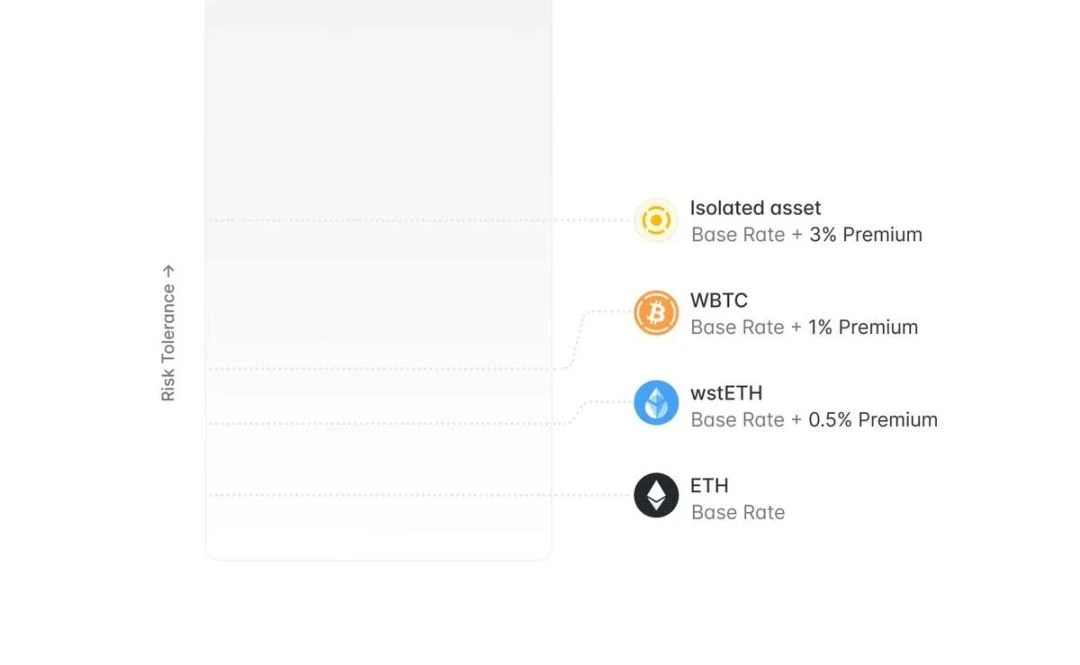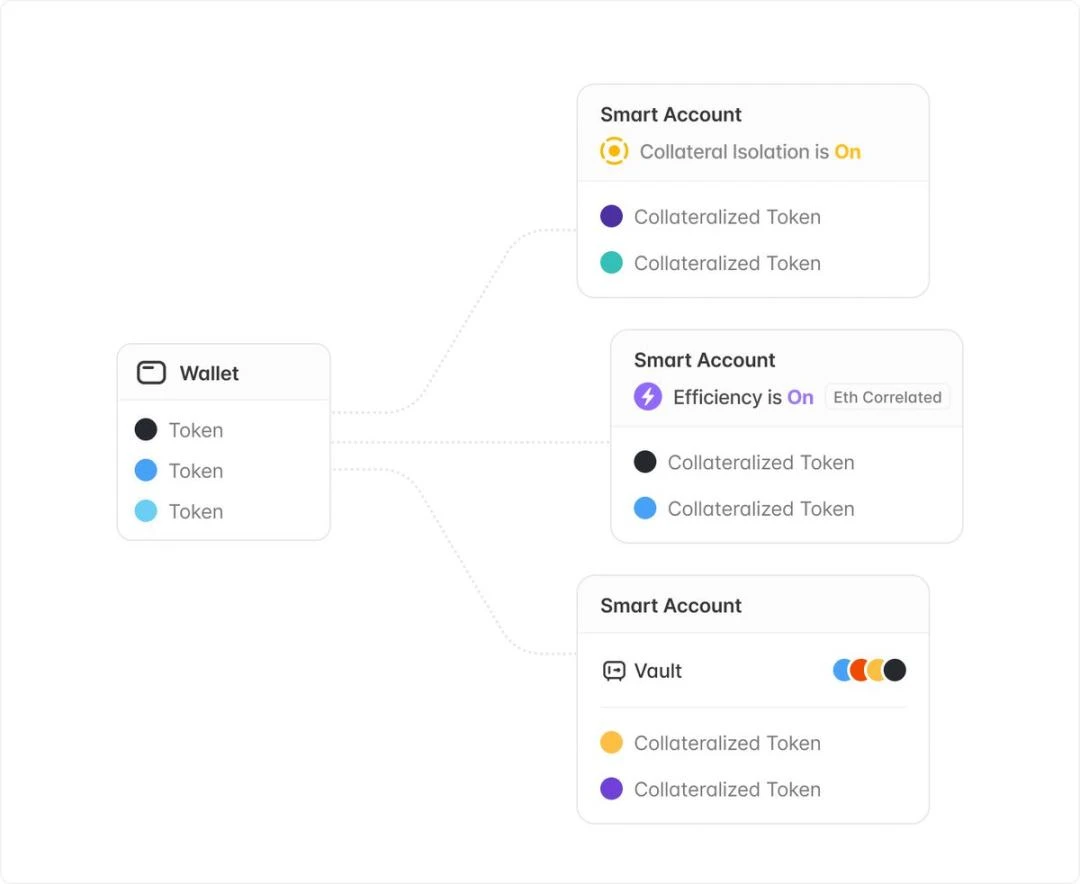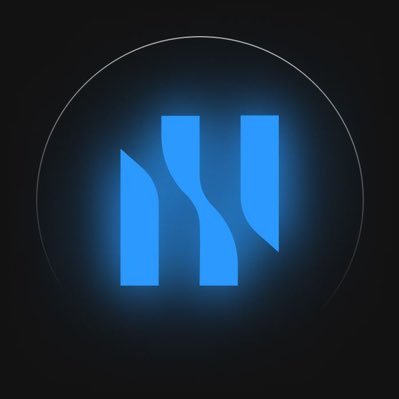A brief discussion on the new features of Aave v4: Should every major protocol launch a chain?
Original author: @cmdefi
Editors note: Crypto researcher CM (X: @cmdefi) published an article sorting out some new features introduced in Aave v4, including unified liquidity layer, fuzzy control interest rate function, liquidity premium mechanism, etc. CM said that Aaves planned new network layer Aave Network is full of the stubborn flavor of old DeFi. Whether it is really necessary for DeFi protocols to launch a chain after they become bigger is still a long way off.
Regarding Aave v4, a few words to summarize: many problems should have been fixed long ago, and some plans seem to be the stubbornness of old DeFi. Should every major protocol launch a chain?
1. Unified Liquidity Layer
-
All fund supply and lending are centrally managed so that liquidity is not dispersed among different modules.
-
Allowing the protocol to easily add or remove functional modules in the future without migrating liquidity facilitates long-term expansion.
The biggest advantage is that you don鈥檛 need to switch back and forth between the Aave V2/V3/V4 tabs, nor do you need to manually migrate funds from V2 to V3 like you did when you upgraded to V3.

2. Fuzzy control interest rate function
Aave V4 proposes a fully automatic interest rate that can adjust the slope of the interest rate curve. The current setting is controlled by the governance mechanism, which not only increases the governance burden but also reduces capital efficiency. The fuzzy interest rate is designed to actively control the turning point of the interest rate curve, so that it can be dynamically adjusted according to market conditions. The base interest rate will rise or fall according to market demand to optimize the interest rates for suppliers and borrowers.
This should have been optimized long ago. The cumbersome interest rate model and lengthy governance process have made Aave miserable. In the previous $CRV malicious shorting incident, Fraxlend was already far ahead with algorithmic control of interest rates. When the funds were over-utilized due to short borrowing, Fraxlend loans with a healthier interest rate model were repaid first.
3. Liquidity Premium Mechanism
V4 introduces the concept of liquidity premium to dynamically adjust the borrowing interest rate based on the risk status of the collateral assets (such as centralization, market risk, etc.). In the face of higher-risk collateral, the borrowing cost is relatively higher, and conversely, lower risk helps to reduce the borrowing cost.
This is a relatively good risk management function. Many altcoins still have lending demand on the chain, and risk grading is an advisable strategy.

4. Launch of Smart Account and Vault
Significantly improve the user experience, allowing users to manage multiple positions with a single wallet. Smart Accounts are designed to solve a major user experience problem in V3: when using e-mode or segregated asset borrowing, multiple wallets are needed to manage positions.
After the introduction of smart accounts, users can create multiple sub-accounts with one wallet, greatly simplifying protocol interactions. Smart accounts can also implement the vault function that users have been calling for. Users can mortgage assets in smart accounts to borrow money. The collateral is locked but will not enter the liquidity pool, reducing risk spillover.
This is also a very good experience upgrade that should have appeared long ago.

5. Dynamic risk parameter configuration
Supports the creation of independent risk configurations for individual assets to reduce liquidation risks. Introduces an automated asset delisting mechanism to simplify the governance process.
-
V3鈥檚 risk parameter adjustments (especially the liquidation threshold) affect all users. Lowering the threshold may trigger unnecessary liquidations and have high governance costs.
-
V4 introduces a dynamic configuration function. New loans use new configurations, while existing users still use the original configurations.
-
An automated asset delisting mechanism is introduced to match it. Once triggered by the governance layer, the system gradually lowers the liquidation threshold of the asset until it reaches zero. The effect is that the asset can no longer complete lending business. It is equivalent to manual delisting but simplifies the governance process.
6. Introduce an excess debt protection mechanism to prevent the spread of bad debt
One drawback of the shared liquidity model is that excess debt accumulated by assets can be contagious. V4 introduces a new mechanism to track insolvent positions and automatically calculates accumulated excess debt. When the excess debt exceeds a set threshold, the related assets automatically lose their borrowing ability to prevent the spread of bad debts.
7. Provide native integration with GHO stablecoin
-
Supports native minting of GHO in the liquidity layer.
-
Introducing GHO soft liquidation AMM, modeled after crvUSD.
-
Introduce GHO emergency redemption mechanism to deal with extreme unpegging situations.
-
Depositors are allowed to choose to obtain interest in the form of GHO, and the protocol converts the interest into GHO collateral to enhance the stability of GHO.
8. Aave Network
Aave plans to launch a new network layer that will serve as the core hub for the GHO stablecoin and the Aave lending protocol.
-
Pay the fee using GHO.
-
With Aave V4 as the hub.
-
$AAVE serves as the primary staking asset for decentralized validators/sorters.
-
The network鈥檚 interface and interaction with Ethereum is controlled by the community through Aave Governance V3.
-
Extensive use of account abstraction
-
Inherits network security from Ethereum.
Aave Labs said it will continue to pay attention to the development of the first and second layer networks and select the most suitable technical solutions for the Aave community.
Aave Network is full of the stubborn flavor of the old DeFi. Judging from the information and status currently released, it seems that even the team itself has not thought about it. Should we do L1 or L2? How to do it? Is it really necessary? I have question marks on these questions.
In fact, the only thing that is relatively clear is that Aave will always have to fight a tough battle in the stablecoin market in the future, and all plans are aimed at creating scenarios for GHO.
Due to the lack of innovation in the application layer this time, it seems that this is really a bull market for infrastructure. Every project without a Layer is embarrassed to raise funds. With a Layer, the valuation goes up all of a sudden. As for whether it is really necessary to build a chain for DeFi protocols after they become bigger, it is still a long way to go. From my point of view, Ethereum seems to be the financial center of that chain. Its not that its impossible to leave here, but for some projects that are not overly dependent on performance, it seems that leaving Ethereum and building a chain by themselves will not bring more improvements to users of the product, except to make themselves look more useful. On the contrary, it may reduce security in the early stages.
This article is sourced from the internet: A brief discussion on the new features of Aave v4: Should every major protocol launch a chain?
Original | Odaily Planet Daily Author | Azuma At 20:00 Beijing time on April 30, Kamino, the leading DeFi protocol in the Solana ecosystem, will officially open token applications for the governance token KMNO. Previously on April 5, Kamino added a token creation page to its official website. Users could previously query the specific KMNO token airdrop shares through this page. Tonight鈥檚 open claim means that users will be able to claim the established KMNO shares through this interface and trade them on DEX or some CEX that supports KMNO. Kamino business model breakdown Kaminos business model is not complicated, and its basic product is a lending protocol that everyone is familiar with. According to DeFi Llama data, Kamino is currently the third-ranked DeFi protocol and the first-ranked lending protocol…






